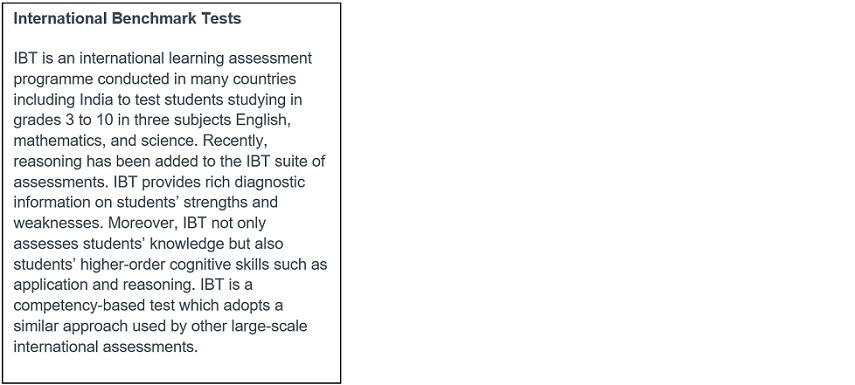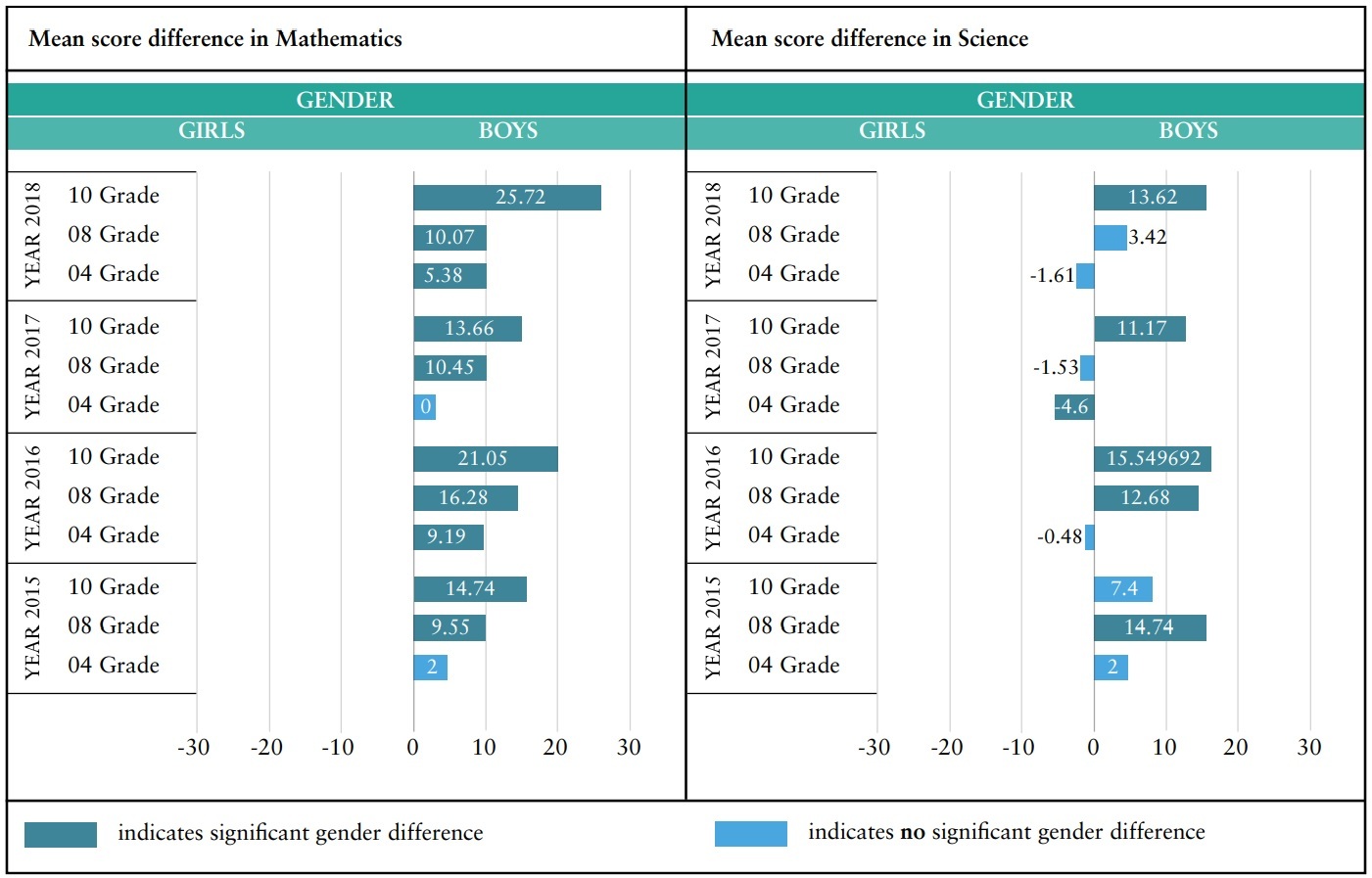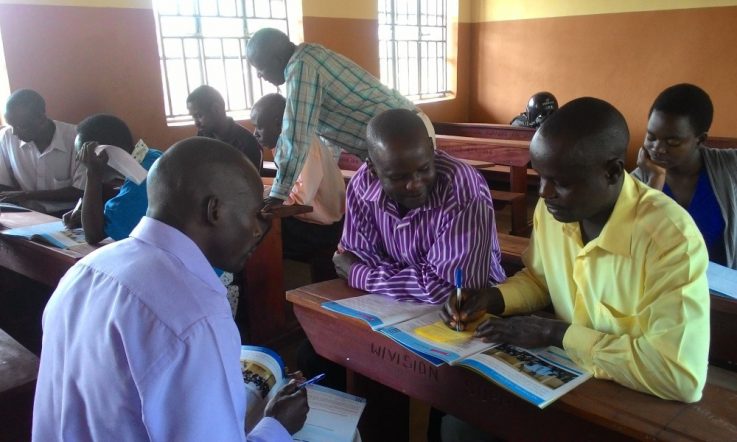Although India has made strides in the education of girls, performance and participation of women in stem are still a challenge. An examination of International Benchmark Test (IBT) data show performance disparities in mathematics and science between girls and boys grow as students proceed from primary to secondary level. Abha Bhagat and R Vijayaraghavan report.
The 2030 Agenda for Sustainable Development Goals (SDG) is ‘a plan of action for people, planet and prosperity’ that governments, businesses, and nongovernment organisations will implement in collaboration and partnership. SDG 4 targets quality education for all and SDG 5 emphasises gender equality as critical to building a prosperous and sustainable society. Given the global context, equal opportunities in learning Science, Technology, Engineering, and Mathematics (STEM) are relevant especially for job opportunities and also for tackling growing economic, social, and environmental challenges.
The UNESCO report Cracking the Code: Girls and Women’s Education in STEM analysed student learning data from more than 120 countries that participate in largescale international learning assessments. The report found that despite regional differences, gender disparity in terms of learning achievement reduces in science in the middle to high-income countries, while a significant difference continues to exist in mathematics. However, there is insufficient qualitative or quantitative information on the performance of girls in STEM for countries or regions that have a significant student population but do not participate in international large-scale assessments every year or frequently.
In India, the National Achievement Survey (NAS) assesses the learning outcomes of students studying in government and private-aided schools and also provides data on gender disparities in learning achievements at the national level. However, as stated in a recent British Council report, a significant population of students (16.71 per cent according to the Seventh All India School Educational Survey estimates) study in private unaided schools and large-scale learning data is hardly available on their performance.
Study methodology
To understand the performance of girls and boys in Science and Mathematics, this article uses learning data from the International Benchmark Tests (IBT). Developed by the Australian Council for Educational Research (ACER), a not-forprofit educational research organisation, IBT is an international learning assessment programme used by schools in many countries including India to test students in grades 3 to 10 in English, mathematics, science, and reasoning, and benchmark their performance nationally and internationally. The assessment is written and conducted in English.
This study examines the performance of girls and boys in science and mathematics studying in 100 private unaided schools (almost 1000 to 2000 students in each grade for each subject) participating in IBT in India. The schools participating in IBT are mostly renowned schools with English as the medium of instruction. Students hailing from such private unaided schools usually belong to families in middle to high socioeconomic categories where disparities in boys’ and girls’ education in terms of opportunities and resources available are expected to be less prominent, if not totally negligible. An attempt has been made to correlate the difference in performance with the ability of the girls and boys to read and comprehend written texts in a context.
An investigation of student performance in grades 4, 8, and 10 was conducted to find out how girls in private unaided schools fare compared to their male peers in English, mathematics, and science. The grades were chosen to cover primary to lower secondary levels in India participating in IBT from 2015 to 2018. A psychometric analysis of students’ response using Item Response Theory (IRT)1 was conducted to obtain students’ scores on a scale following which a t-test2 was done to investigate any statistical significance between the gender groups. Further, Differential Item Functioning (DIF)3 analysis was conducted on student responses for each test question to gather information on the type of subdomains that indicate significant gender differences.

Key findings
The IBT data shows that in general, performance disparities in STEM between girls and boys grow as students progress from primary to secondary level in mathematics and science. When mean scores are compared by gender, an apparent performance gap exists in mathematics in favour of boys. The gaps between the two groups increase as students progress from primary to secondary grades. A similar pattern of gender disparity does not show clearly in science, but was more evident when comparing the performances of grade 10 students.
DIF analysis results indicate that there is no clear pattern in performance difference of boys and girls in individual test questions belonging to different sub-domains of a subject (for example algebra, geometry, numbers, etc. in mathematics). Therefore, it is not clear if any differences in performance in individual test questions exist on account of gender .
An interesting finding is that girls have performed better than boys in English. The English tests assess students’ higher order thinking skills along with reading skills. For example, the ability to interpret, infer and evaluate based on a given context. Therefore, better performance of girls in English would appear to indicate that any disparity in performance in science and mathematics may not be due to poor language skills or the ability to read and comprehend.


Conclusion
The study sheds light on the implications of gender disparity in STEM education. The present study indicates that the disparities in science and mathematics performance may not be due to poor reading and comprehension skills of girls, but possibly due to other factors. These factors could be differences in aptitude between the two genders, and/or social and cultural factors including stereotypical ideas related to the role of men and women in society, among others. Further research is required to investigate the underlying causes and to establish connections, if any. Since there is a clear pattern that gender disparities widen at higher levels, it is important for teachers to recognise these disparities and address them at an early stage by providing relevant interventions in schools.
A version of this article first appeared in the print magazine Teacher, distributed in India, in January 2019.
Notes
- Item Response Theory (IRT) is a family of statistical models used to analyse test item data. IRT provides a unified statistical process for estimating stable characteristics of items and examinees and defining how these characteristics interact in describing an item and test performance. When used appropriately, IRT can increase the efficiency of the testing process, enhance the information provided by that process, and make detailed predictions about unobserved testing situations (adopted from Educational Measurement, 4th Edition, American Council on Education & Praeger Publishers, 2006 edited by Robert L. Brennan).
- The independent sample t-test is an inferential statistical test that determines whether mean difference between the two groups are statistically significant .
- DIF analysis indicates how a particular test question functions across different groups of students for example gender, ethnicity, age or rural/ urban background.
References and related reading
UNESCO. (2017). Cracking the code: girls’ and women’s education in science, technology, engineering and mathematics (STEM). France: UNESCO. Available at: https://unesdoc.unesco.org/ark:/48223/ pf0000253479
British Council. (2014). Indian school education system: an overview. India: British Council. Available at https://issuu.com/ britishcouncilindia/docs/indian_school_education_system_-_an_9d4e4afb7b85fd
Salmon, A. (2015). A Complex Formula: Girls and Women in Science, Technology, Engineering and Mathematics in Asia. Bangkok: UNESCO. https://unesdoc.unesco.org/ark:/48223/pf0000231519
http://www.ncert.nic.in/departments/nie/
esd/pdf/NAS_Class_V_(Cycle%204)_Summary_Report_National.pdf



